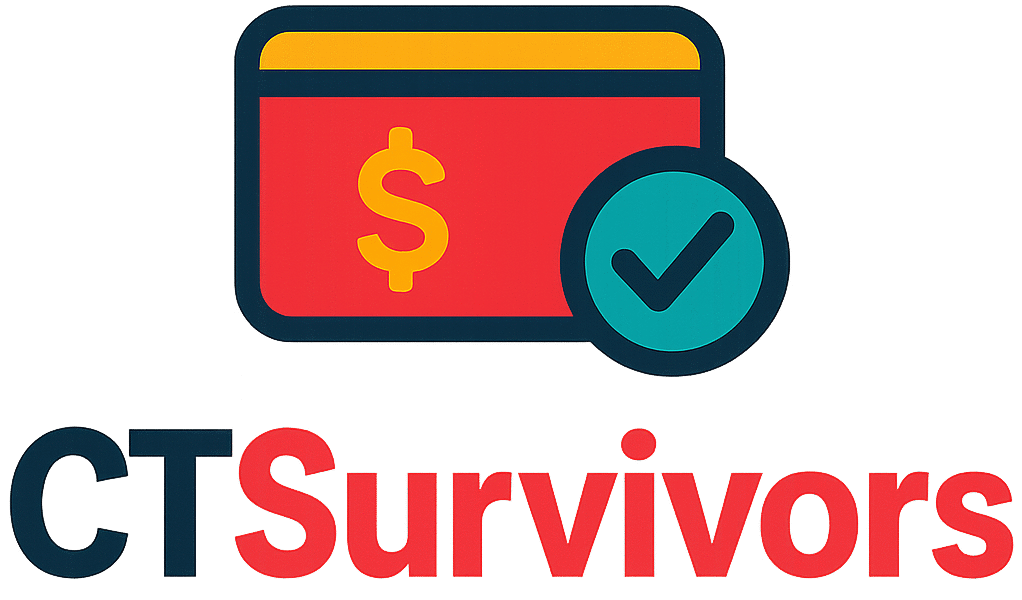Fintech startups aren’t just tweaking the lending process — they’re tearing up the rulebook. Gone are the days of slow approvals, piles of paperwork, and inaccessible credit. With the rise of machine learning, blockchain, and real-time behavioral analysis, a new lending ecosystem is emerging. It’s faster, more inclusive, and often more precise. But it’s also riskier in ways we’re just beginning to understand. Let’s explore how these disruptors are transforming the financial landscape, who wins in this new system — and who might lose if the rules aren’t rethought along the way.
The Old Lending Model Was Built for Banks — Not Borrowers
Traditional loans operated like fixed gates. You either met the criteria — high credit score, collateral, stable income — or you didn’t. And if you didn’t, you were left out. Millions of small business owners, gig workers, students, and people in emerging markets simply couldn’t get in.
Fintech startups saw the flaw in this rigidity. Instead of rejecting applicants based on narrow, outdated indicators, they asked a different question: what if we measured creditworthiness based on real-life behavior? And what if we delivered it via the apps people already use?
What Fintech Changed
- Shorter approval cycles — minutes instead of weeks
- Alternative data sources for scoring risk
- Microloans and P2P credit options
- Access for freelancers, immigrants, and low-income earners
The result? Lending that’s personal, portable, and — at least in theory — more inclusive.
How AI Helps Lenders Make Smarter, Faster Decisions
Artificial intelligence allows fintechs to process vast amounts of information in seconds. These systems can analyze not just whether you’ve repaid past loans, but how consistently you top up your mobile phone, whether you transfer money regularly, and even how often you shop online.
AI vs Traditional Credit Scoring
| Feature | Traditional Lenders | Fintech with AI |
|---|---|---|
| Risk Evaluation | Based on FICO or bureau data | Based on behavior, cash flow, and non-credit factors |
| Approval Time | 3–10 business days | Under 60 seconds (in some cases) |
| Inclusion | Excludes unbanked or thin-file individuals | Accessible to informal and freelance workers |
| Fraud Detection | Manual verification steps | Pattern-based, real-time detection |
AI doesn’t eliminate risk. But it makes lending possible to people who were previously invisible to the system. The real trick is keeping the models transparent and bias-free — something regulators are still grappling with.

Blockchain and the Rise of Decentralized Lending
Blockchain has introduced a radical idea: what if loans didn’t need banks at all? In the world of decentralized finance (DeFi), people lend and borrow directly from each other using smart contracts. There are no account managers, no credit checks, and no physical offices. Just code and collateral — usually in crypto.
Key Differences in Blockchain Lending
| Aspect | Conventional Lending | DeFi Lending |
|---|---|---|
| Gatekeepers | Banks, underwriters | Smart contracts |
| Collateral Type | Real estate, cash assets | Crypto assets (ETH, BTC, stablecoins) |
| Access Requirements | ID, credit score, paperwork | Digital wallet only |
| Risk Profile | Regulated, insured | Volatile, self-managed |
While DeFi lending has exploded in the crypto world, it’s not mainstream yet. The tech is fast, transparent, and efficient — but unstable. Volatility, hacks, and lack of regulation keep traditional users at bay. Still, fintechs are already borrowing ideas from DeFi to improve speed and reduce operational costs.
Behavioral Lending: Credit That Reflects Your Life
Another fintech trend is using behavioral data — like how often you charge your phone, how much you save per week, or how you interact with apps — as the foundation of credit scoring. This allows credit models to work in places where people have no official financial history.
Examples of Alternative Data in Lending
| Behavioral Signal | Why It Matters |
|---|---|
| Mobile airtime purchases | Suggests income regularity |
| Utility payments | Indicates reliability in obligations |
| App usage patterns | Provides insight into stability and habits |
| Location consistency | Reduces fraud risk |
Fintechs especially in Africa, Southeast Asia, and Latin America rely on this method. For example, a vendor in Nairobi who pays rent, buys electricity, and has mobile money history can now qualify for working capital — even without a bank account or tax ID.
Embedded Lending: Credit When You Need It
One of the most subtle but powerful fintech shifts is embedded lending — where credit is offered inside other services. You order groceries, and the app offers you “pay next week” with no fees. You’re buying software, and a “spread payments over 3 months” option pops up.
This makes borrowing frictionless. But it also hides the boundaries between spending and debt. The simplicity boosts conversion — but can also lead to impulsive borrowing if not carefully managed.

Challenges and Red Flags
As promising as fintech lending is, it’s not a silver bullet. There are still structural problems to solve. Some algorithms reflect old biases. Some BNPL (buy-now-pay-later) models lead users into silent debt spirals. And many fintechs operate outside clear regulation, raising concerns about accountability.
Top Risks in the Fintech Lending Space
- Data privacy: Are users aware of how their behavior is used?
- Debt overload: Is ease of credit pushing people beyond limits?
- Algorithmic bias: Are models reinforcing inequality?
- Regulatory lag: Are watchdogs keeping up with innovation?
Fintechs may be digital-first, but they still need human oversight. Especially when credit decisions affect real lives.
Fintech Lenders and the Future of Financial Inclusion
Despite the growing pains, the future looks promising. Fintech lenders are opening doors for people and businesses who were locked out for decades. Women-led startups, smallholder farmers, gig economy workers — they all now have new tools to grow.
And as these startups scale, they’re forcing traditional banks to evolve too. Many banks now invest in or partner with fintechs to stay competitive. The ecosystem is converging — and borrowers are benefitting from the pressure to modernize.
Fintech startups aren’t just improving lending — they’re redefining it. By shifting focus from bureaucracy to behavior, and from paperwork to platforms, they’re making access to credit faster, fairer, and more relevant. Still, innovation must be matched with caution. As technology races ahead, the rules must catch up. Done right, fintech can lead to a future where credit is not a privilege — but a tool, available to all who use it wisely.

